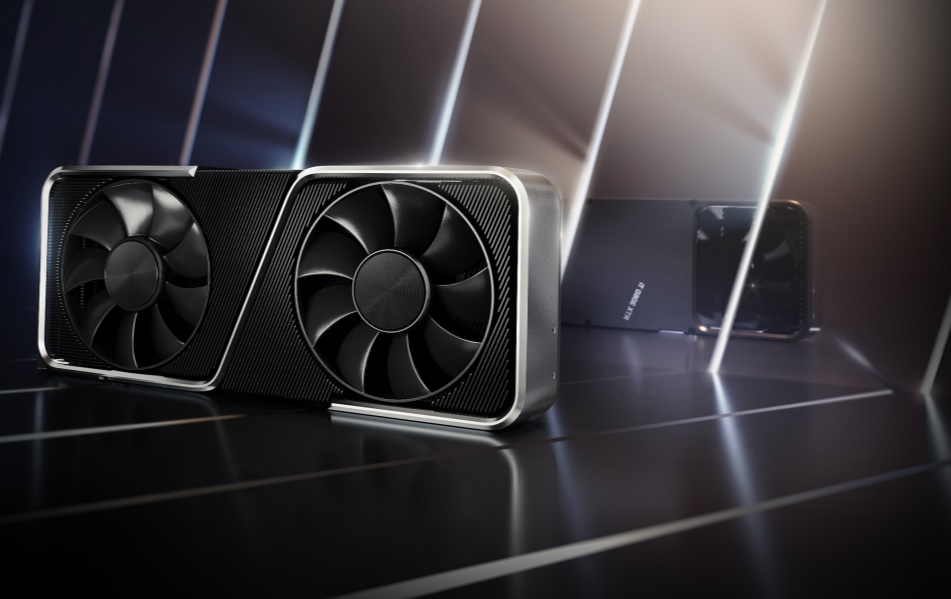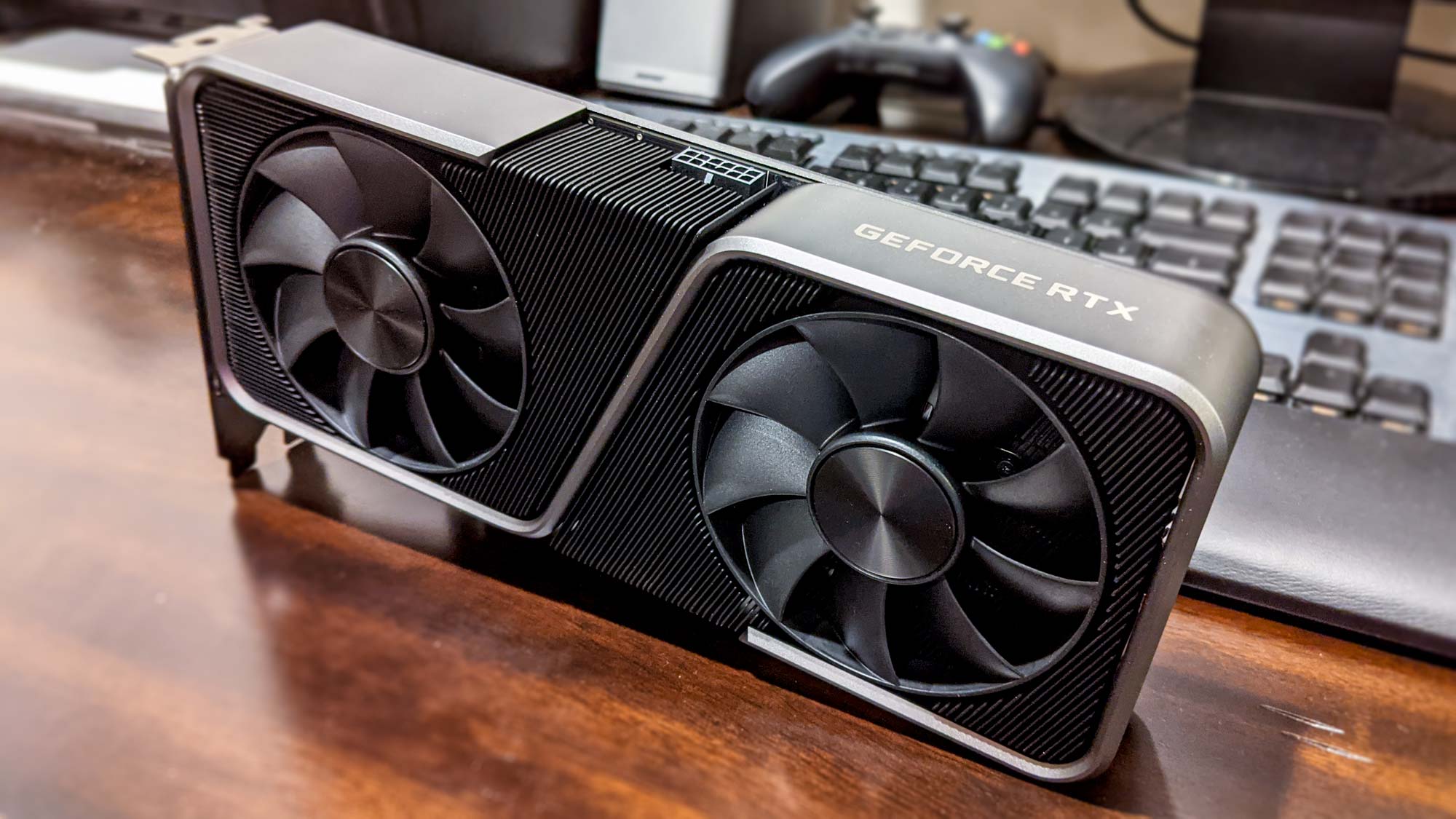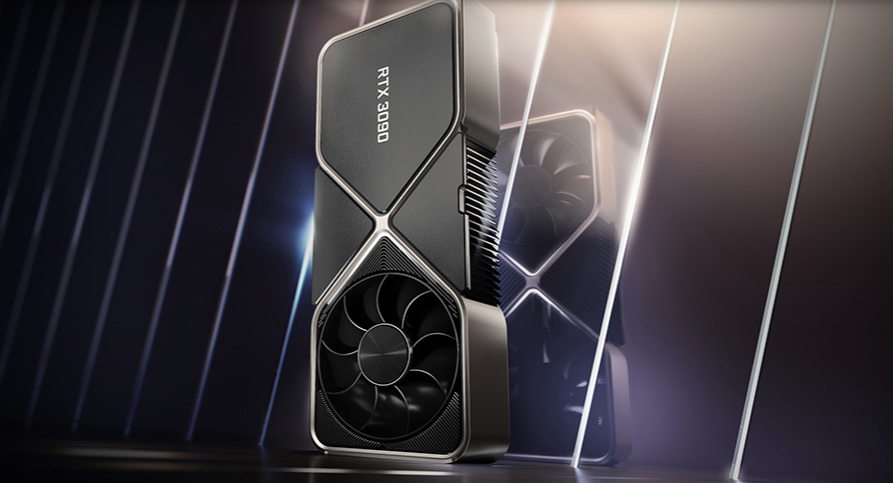Nvidia RTX 3080 stock disaster — here’s why there’s finally hope
Nvidia is finally tackling GeForce RTX 30-series stock shortage. But is it enough?

So continues the Nvidia GeForce RTX 30-series stock disaster: retailers are near-constantly sold out, resellers hawk the cards at ludicrously inflated prices, and digital currency miners bulk-buy what’s left to build gigantic Bitcoin or Ethereum mining rigs. If you’re just a PC owner wanting to know where to buy the Nvidia RTX 3080, you’re in for some drawn-out disappointment.
However, there’s now cause for hope that such overwhelming demand can at least be eased. Nvidia itself has a two-pronged plan to get currency miners off the RTX 30-series’ case: first by intentionally hamstringing the new Nvidia GeForce RTX 3060 as a potential mining tool. And secondly, by offering a brand new range of processors that can perform a graphics card’s role in mining rigs, without the need to buy up all of the gaming GPU stock, of course.
- Find out where to buy the Nvidia RTX 3060 Ti
- Nvidia RTX 3080 vs. AMD Radeon 6800 XT: Which is the best GPU?
- Plus: Nvidia GeForce RTX 3060 now supports even faster frame rates
The Nvidia blog details this new Cryptocurrency Mining Processor (CMP) product line, as well as the plan for the RTX 3060 when it launches later this month.
Firstly, the RTX 3060’s software drivers will cut the card's Ethereum “hash rate” in half. This will essentially make it much slower at solving the complex mathematical problems that digital currency mining requires, making the RTX 3060 less appealing to serious miners without affecting gaming performance.
That’s the stick, but the CMP line is the carrot. These GPUs will be built from the ground up for efficient mining, and not just like how some gaming graphics cards have a barely distinct “Mining Edition.” CMP cards will be more power-efficient and come without display outputs, which mining rigs don’t use, to enable better airflow.
In other words, Nvidia is shooing miners away from the RTX 30-series family while also providing a superior alternative. The blog post says production of the CMP range won’t affect the RTX line’s already glacial supply speed, too.

Nvidia RTX 30-series stock disaster: Mining madness
While this is only addressing one factor in the much wider problem of non-availability, it’s clear that Nvidia is finally doing something to make RTX 30-series cards (or at least the RTX 3060) easier for ordinary consumers to get.
Get instant access to breaking news, the hottest reviews, great deals and helpful tips.
As frustrating as it might be to see photos of mining rigs piled high with Nvidia’s latest cards, or even GeForce RTX-powered laptops, a solely punitive approach to mining wouldn’t work. If there’s money to be made, people will do it. And even if the RTX 3060 will suck as a mining card, anyone desperate enough will still try it if there’s no alternative. Nvidia has, therefore, been wise in providing one.
It’s certainly a lot more than other powerful parties have done. The anti-reseller defenses put in place by retailers have proven woefully inadequate. Modern bots — the scripts resellers use to instantly buy stock the moment it goes online — are able to get past captchas and order limits with ease.
Board partners have done even less to make sure their graphics cards end up in the hands of regular consumers. Zotac even posted (then hastily deleted) an approving tweet showing someone’s RTX 30-series mining rig; if you can’t understand why that’s distasteful, imagine a Victorian workhouse owner hanging a framed photo of roast chicken in front of all the hungry urchins.
Nvidia RTX 30-series stock disaster: More to be done

Still, there’s a long way to go. Nvidia is giving the RTX 3060 a fighting chance but ultimately, it’s only dulling the appeal to a subset of miners. There’s nothing to dissuade the circling resellers. And even some conventional retailers are banking on demand being high enough to raise their RTX 3060 prices ahead of launch.
Nvidia itself was rightly criticized for the disastrous RTX 3070, RTX 3080 and RTX 3090 launch last year, after which the company admitted ill-preparedness for “truly unprecedented” demand.
Then there’s the supply issue. RTX 30-series production is slow, apparently due to a combination of raw materials shortages and the low yields of the 7-nanometer Samsung chips it uses. It’s extremely unlikely that stock levels will return to something approaching normalcy until Nvidia can actually produce enough cards to meet demand. This could take months, even if the CMP range doesn’t slow it down further.
However the RTX 3060 launch goes, Nvidia obviously has a lot more to do to end this graphics card shortage. But after months of next to nothing, it’s finally moving in the right direction — and all it took was a couple of good ideas.

James is currently Hardware Editor at Rock Paper Shotgun, but before that was Audio Editor at Tom’s Guide, where he covered headphones, speakers, soundbars and anything else that intentionally makes noise. A PC enthusiast, he also wrote computing and gaming news for TG, usually relating to how hard it is to find graphics card stock.
